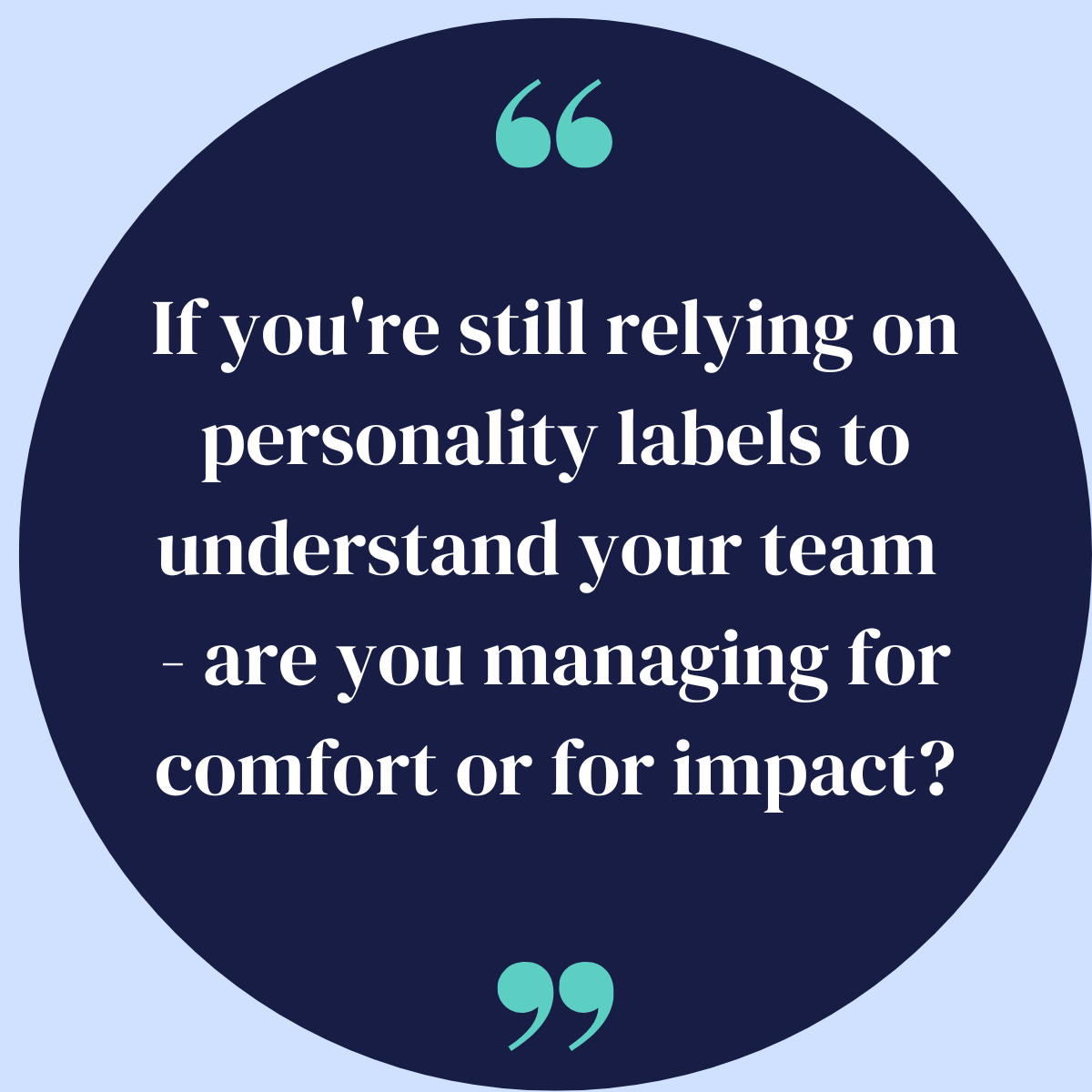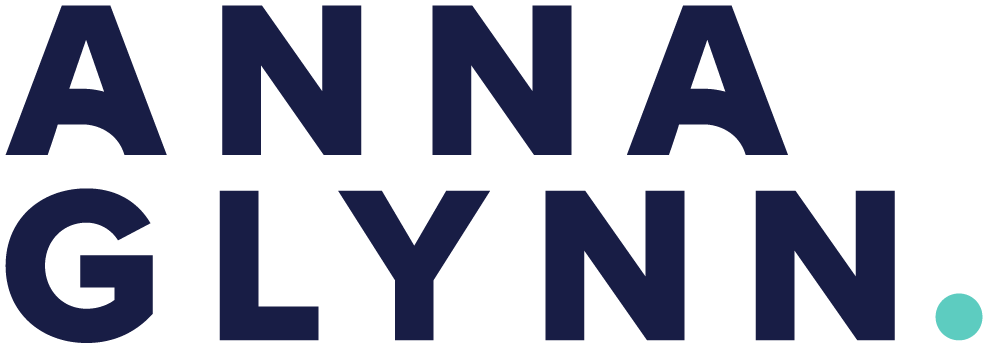And just like that, we’re another quarter down.
Have you taken some time to think about what went well? Where you struggled? Are you where you thought you’d be? What have you learned over the past 3 months? And what might all of that be telling you about where to focus next…
From the conversations I’m having and the data I’m tracking, a clear theme is emerging. The number of people languishing is growing. Which means fewer of us are above the line. People are telling me this is because they’re overwhelmed and exhausted, and the scary part is it’s only April!
Why? The pressure is on, change is constant, the to-do lists are longer, the expectations are higher, the resources are fewer than ever, and results are inconsistent.
For many, it feels like driving down the highway with the handbrake on. And what we know is that when stress climbs, productivity dips. What’s more, reports for 2025 are already suggesting that disengagement is on a downward trend.
And we can’t train, coach, or strategise our way out of this with the same old thinking.
Is There a Solution?
Yes.
And the workplaces, who have adopted these approaches, have seen engagement rise by 23%. Not to mention sales increase by 9%, profits by 29%, and 72% drop in turnover (Gallup).
So this isn’t just good in theory, the data backs it up. Yet despite this, we keep reaching for shortcuts or quick wins. We invest in technical skills, cling to outdated approaches, and keep building teams of clones. Because it feels safe and it’s what we know.
We focus on fixing gaps and weaknesses, believing this is a smart strategy for business success. We put people into boxes. Assign colours. Compare them to birds, shapes, or archetypes. It sounds harmless until you realise it can erode diversity, dull individuality and stifle innovation.

It reminds me of when a former boss told me that “We used to smoke in the office.” There were company-branded ashtrays available and a tea lady selling cigarettes during meetings. It sounds crazy now, right? But at the time, I’m told it was completely normal.
That’s how it feels today when I see organisations still using outdated approaches and tools. We know better now. Decades of research show that performance, engagement and growth don’t come from labels – they come from understanding and using your full suite of strengths.
But it’s not entirely our fault, it’s how our brains work. That pesky negativity bias pushes us to look for what’s wrong, what needs fixing, what isn’t enough.
But while that might help us survive, it rarely helps us thrive.
Flipping the Script
Strengths work flips the script. It asks, what’s right with you? What energises you? Do you have opportunities to do what you do best every day?
It feels good and it works. And not enough organisations are using it as their strategic advantage.
In this environment, the strengths conversation has shifted. It’s not just about development plans or team-building activities. It’s about driving energy, confidence and motivation. It’s about knowing what resources to draw on when the pressure is on, how to pursue your goals with confidence, and what brings out your best.
Strengths in a Changing World
Over the past quarter, most of my workshops have started here. Whether it’s new teams learning how to work together, leaders building self-awareness or re-engaging their people, individuals trying to gain traction on their goals, seasoned executives going for promotions, or leadership teams building strategy for the year ahead, we come back to strengths.
Not as boxes to put people in, but as mirrors to help them see themselves more clearly. This is the work that helps people feel seen, valued and equipped, not just evaluated. (You can find out what people say about these workshops here).
And right now, as AI starts making decisions faster than we can finish our coffee, and teams are expected to do more with less, this approach is very strategic. It’s about staying competitive, staying human, and staying connected to what makes you the most effective. AI won’t replace humans. But it will expose who’s not playing to their strengths.
So, what are your strengths? And are you using them to stay relevant, energised and impactful?




